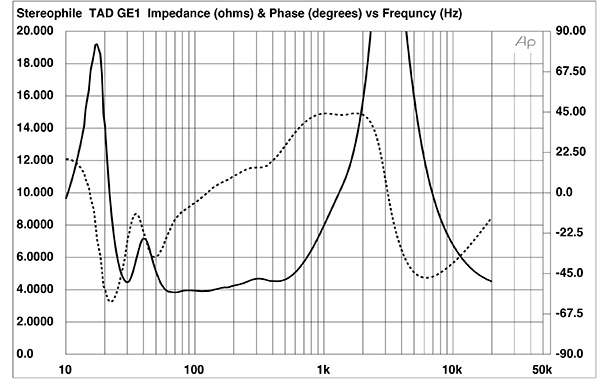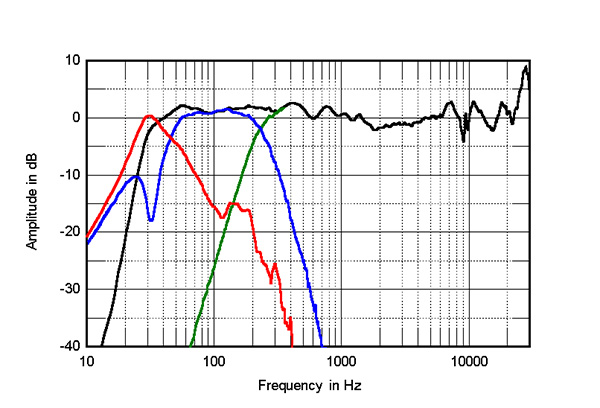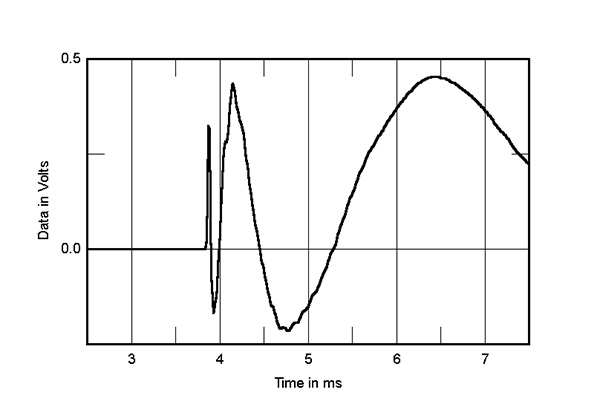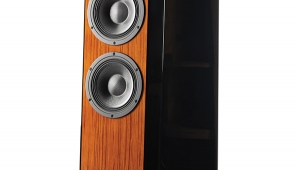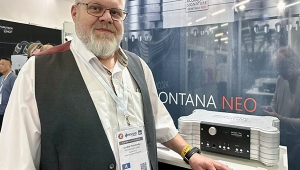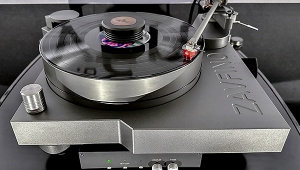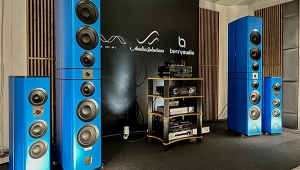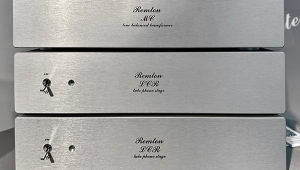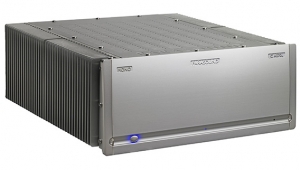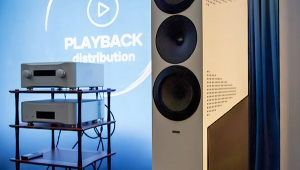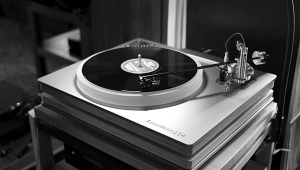| Columns Retired Columns & Blogs |
There are only 10 brick and mortar locations in all of N. America where you can hear these according to the TAD website, 7 in the US (and none in NYC, LA, Chicago or any of the other 10 largest US cities, though Atlanta is a top ten MSA). Only 2 West of the Mississippi (Portland and San Francisco). They do NOT have 75 US brick-n-mortar dealers. A ton of dealers in Europe and the UK though.
